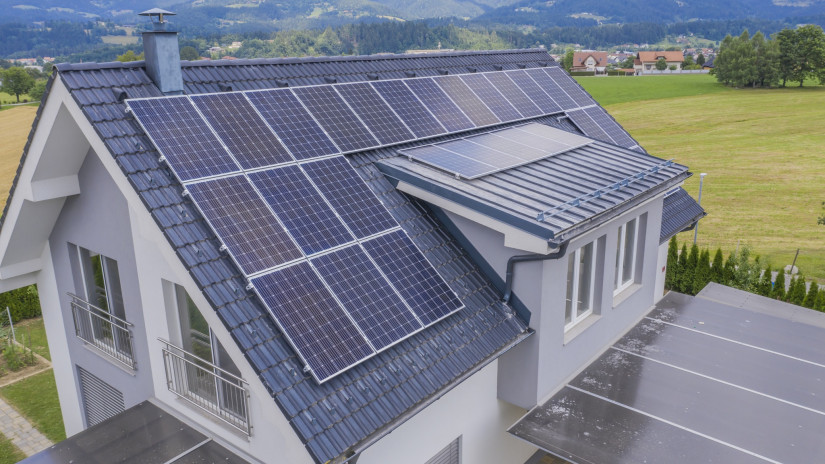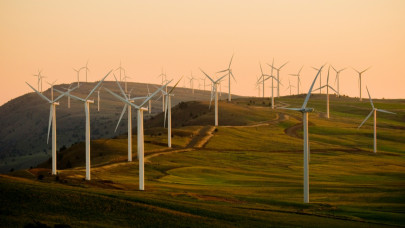Problems arise when solar panels generate excess electricity, driving market prices down, sometimes even into the negative, resulting in wasted energy. The challenge of the energy transition is that we often have an abundance of cheap electricity that goes unused.
Today's renewable systems still operate in a conventional framework. Homeowners, often called 'prosumers,' feed electricity from their solar panels into the grid when the sun is shining or when their batteries are full. These systems are somewhat 'dumb,' similar to how early mobile phones were limited to basic functions before the smartphone era.
The future of solar energy, however, lies in becoming smart and connected. Prosumers will evolve into ‘flexumers' who are integrated into the grid and responsive to market signals. Like an autonomous vehicle that receives remote updates to enhance its features, domestic solar systems will maintain their hardware but gain significantly more powerful software.
The key to this transformation is ‘sector coupling,' which merges electricity, heat, and fuel systems. In the future, electricity will also power heat generation through heat pumps and charge electric vehicles (EVs) at home. EVs, in essence, are large mobile batteries. For example, a Volkswagen ID3's battery can store enough electricity to power a single-family home for 6-7 days.
Germany aims to have 15 million electric cars on the road by 2030. Since private cars are typically unused for 23 hours a day, they offer enormous potential as mobile storage, managed intelligently through smart energy systems. Bi-directional charging, which allows power flow between the grid and EVs, is on the horizon. Heat pumps also serve as buffer storage, heating water for use when energy is cheap and reducing consumption when prices are high.
A vast network of home batteries, EVs, and heat pumps is set to form a decentralized battery network with a capacity comparable to several nuclear power plants but with greater flexibility. German renewables company Enpal aims to achieve over one gigawatt of capacity by 2026, supported by similar initiatives.
This network, known as a 'virtual power plant' (VPP), smartly manages and aggregates electricity generation, storage, and consumption across participating households while trading profitably on the electricity market. It charges storage or EVs when electricity is cheap or when household solar panels produce surplus energy and sells electricity back to the grid when prices are high. This AI-driven platform allows homeowners to save on energy costs and generate additional income, facilitating a transition away from solar subsidies.













